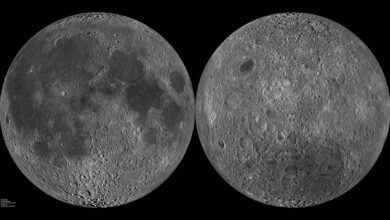Ask Ethan: Why are inertial and gravitational mass equivalent? | by Ethan Siegel | Starts With A Bang! | Sep, 2024

The mass that gravitates and the mass that resists motion are, somehow, the same mass. But even Einstein didn’t know why this is so.
Here in our Universe, we don’t have just one different kind of mass that objects can possess. Instead, there are different types of mass that arise in different contexts. If you want to accelerate a mass — i.e., to change its motion — you’re interested in its inertial mass, or the mass that resists changes to its otherwise constant motion. (This is also the “m” in Newton’s famous equation, F = ma.) If you want to know how much gravity an object causes, you need to know its gravitational mass, or the total amount of gravitational energy that causes the fabric of spacetime to curve. And, although it seems unrelated, there’s also the rest mass that all massive objects possess: the “m” in Einstein’s most famous equation, E = mc².
Even though there’s no fundamental reason that these different types of mass should be equivalent to one another, it’s an idea that has been around for a long time. It was suspected by Newton hundreds of years ago, and the first very strict tests were performed by physicist Loránd Eötvös from the 1880s through the 1920s, for whom the famed Eötvös experiment is named. But, at…
Source link





